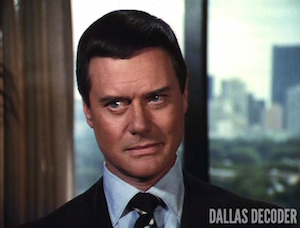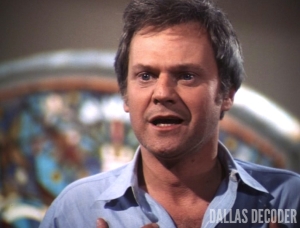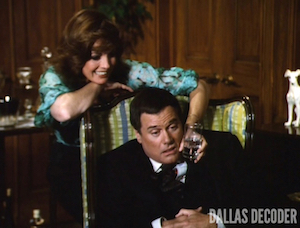
Big bang
Today marks the 40th anniversary of “Dallas’s” famous “Who Shot J.R.?” cliffhanger, and Dallas Decoder is honoring the occasion with an all-new Lego tribute.
My husband, Andrew, has created a playset that shows everyone’s favorite dastardly oil baron, J.R. Ewing, getting what’s coming to him.
The set combines the final moments of “A House Divided,” the episode that kicked off the “Who Shot J.R.?” mystery on March 21, 1980, with the opening of “No More Mr. Nice Guy,” the following season’s opener, and the flashback that reveals J.R.’s assailant at the end of “Who Done It?”, one of the most-watched broadcasts in TV history.
The scene, set in J.R.’s office, features three minifigs: the stunned J.R.; the gal about to pull the trigger, Kristin, his jilted mistress; and Ewing Oil’s rattled cleaning lady, who discovered our hero after Kristin’s dirty deed was done.
Andrew took great care to find minifigs that resembled the actors and their costumes: Larry Hagman’s J.R., complete with his vest; Mary Crosby’s devil-in-the-blue-dress Kristin; and even Virginia Peters, who played the bandana-wearing, duster-wielding cleaning lady whose scream upon discovering J.R. has been a source of amusement in our house for years.
Andrew designed the office with many of the props depicted in the room during the original “Dallas’s” 14-season run, including the oversized Texas wall map, the oil rig model and the bar. He also included a picture of Southfork (itself rendered in Lego) and a desk portrait of J.R.’s long-suffering wife, Sue Ellen — which you might recognize as a miniature version of his Lego tribute to Linda Gray from 2018.
I hope you enjoy Andrew’s creation, and in true “Dallas” style, I’m ending this post with a cliffhanger of my own: a promise to show you his Lego Southfork someday soon.
Stay tuned.

























































